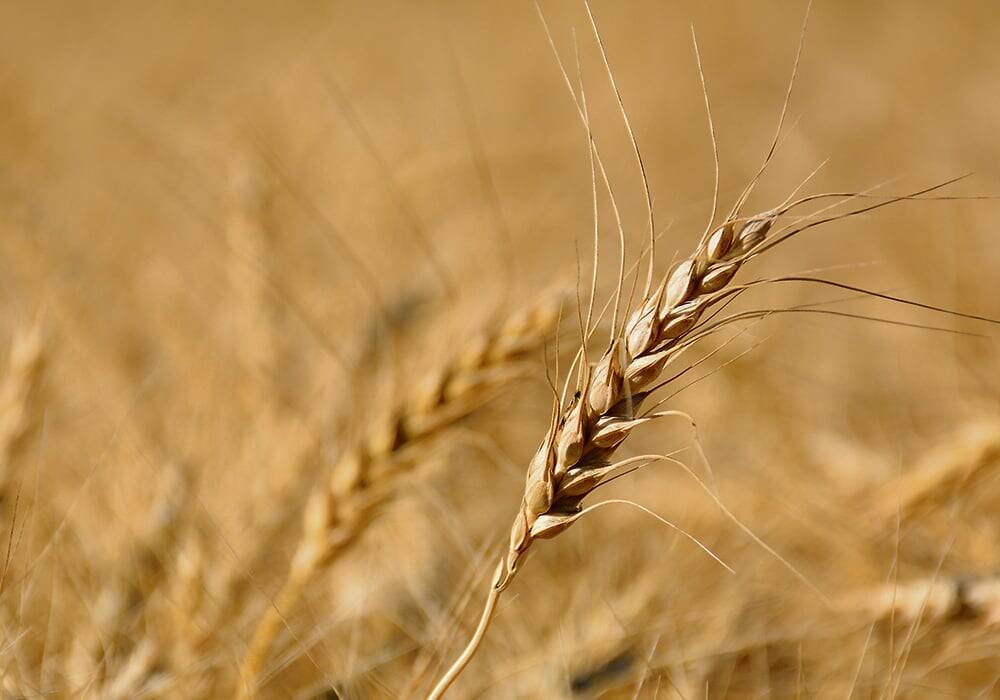MarketsFarm — Surprising acreage estimates released by the U.S. Department of Agriculture last Friday could remain a major feature in soybean and corn markets for the foreseeable future, as traders contemplate a much smaller-than-expected soybean acreage base and larger-than-expected corn area.
“You can’t close your eyes on these acreage numbers,” said Scott Capinegro of Barrington Commodity Brokers in Illinois.
Total corn plantings in the country were estimated at 94.1 million acres by the government department — a million acres above the top end of trade estimates and well above the 88.6 million acres seeded in 2022. The corn plantings would mark the third-highest acreage base to the crop since 1944.
Read Also

Prairie CWRS bids rise, other wheats mixed
Canada Western Red Spring (CWRS) wheat bids across the Prairie provinces saw some strength during the week ended Nov. 11, taking some direction from the United States futures. However, other wheat classes were mixed.
The increase in corn area came at the expense of soybeans, which saw area fall to 83.5 million acres from 87.5 million a year ago. Average trade guesses had been for similar planted area on the year.
The acreage numbers were bullish for soybeans and bearish for corn, with adjustments to the supply/demand balance sheets for the two crops expected going forward.
While soybean futures have climbed higher in the wake of the report, a wrinkle in the soy market is the soft export demand, according to Capinegro. He noted cheaper Brazilian supplies are displacing U.S. soybeans in the world market, which may limit upside in the futures.
“The rallies in beans are also just telling the world to plant more,” he said.
With the smaller planted area, conditions through the growing season will be especially important for soybeans, with even small adjustments in yield leaving the country with dangerously tight stocks.
Corn may have more of a cushion on acres, but the influence of weather conditions on yields through the growing season will also be important to watch.
Capinegro noted old-crop U.S. corn exports are running well behind expectations, which will be added to ending stocks.
— Phil Franz-Warkentin is an associate editor/analyst with MarketsFarm in Winnipeg.














